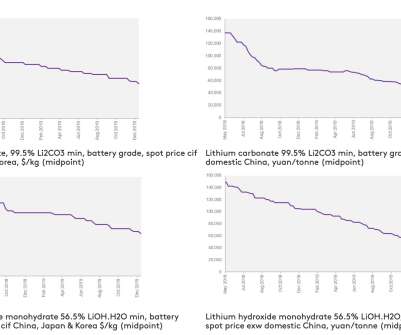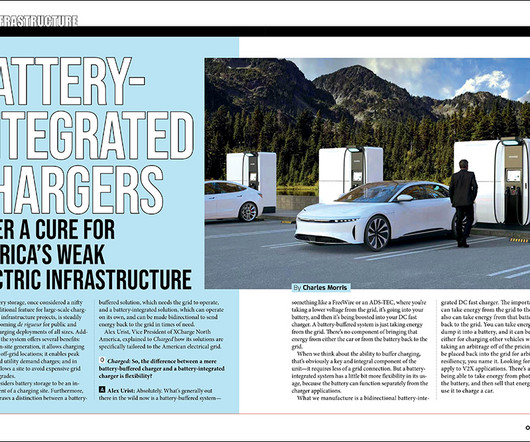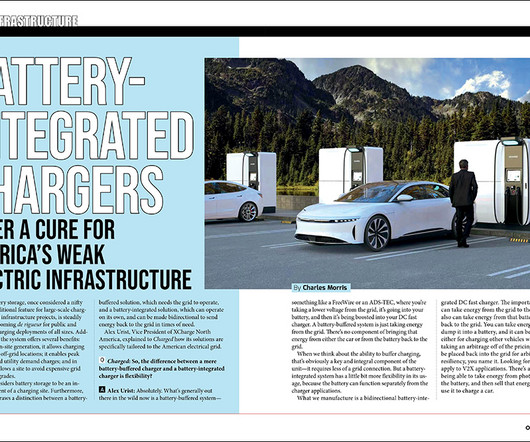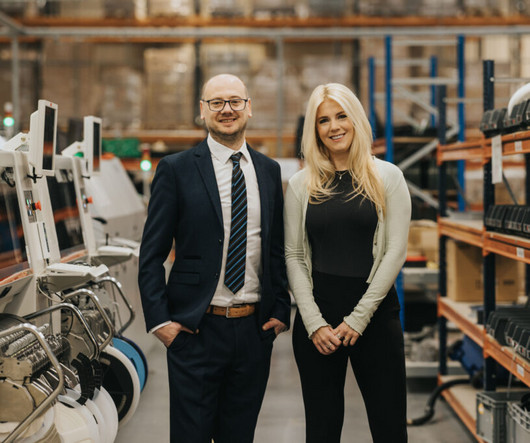Estonian startup UP Catalyst secures €2.09M; sustainable carbon nanomaterials and graphite from CO2
Green Car Congress
APRIL 21, 2022
Estonian startup UP Catalyst, a company developing a method to produce sustainable carbon nanomaterials and graphite from CO 2 , has closed a successful pre-seed round of €500,000, in addition to €1.59 Most of the carbon materials on the market are produced by employing expensive and environmentally harmful methods.








































Let's personalize your content